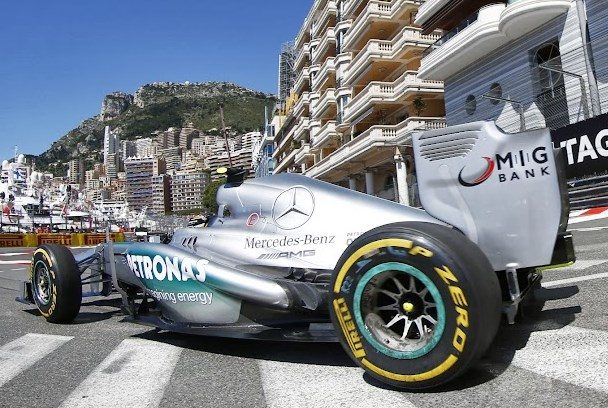These sorts of things have always gone on in F1.
I remember an incident in Canada back in 1997 when I was at Jordan. Most teams were using Goodyear tyres and during the first practice session, to everyone's surprise including Goodyear, the majority of cars were blistering the rear tyres to an extent that some were delaminating.
On the Friday evening Goodyear wanted to call a meeting of all the teams to discuss the problem as it was a real safety issue that had not popped up before.
But as F1 is very competitive most teams didn't want to do this and we all went about our own fixes.
I have always tried to think outside the box and while Goodyear shaved some rubber off the inner shoulder of some teams' tyres and other teams altered the car set-up, I believed it was more of a problem with the inherent tyre design and sat down with Goodyear to try to understand the tyre a little better.
Goodyear, like Pirelli do now, fitted the tyres to rotate in a certain direction, and after a long conversation it came to light that the tyre had what is called "ply steer".
This means that when the rear tyre is driving the car forward, the tread of the tyre wants to steer off at a small angle to the direction of the rim it is mounted on. This is created in the construction and that is why the tyres are mounted in a certain direction.
To discover the actual direction the "ply steer" tried to force the tyre, the Goodyear engineers at the track had to call back to their base in Akron, Ohio, to ask the designers/engineers.
After getting the information, I thought about it for a while and asked them to mount the tyres to run in the opposite direction.
They were not keen initially, as it meant stripping and re-mounting all our rear tyres, but eventually they agreed and prepared two sets for us to run in the Saturday morning session.
Guess what? Next day we had no blisters and all the other teams did.
Annoyingly, Goodyear then changed the tyres of all the big teams before they would do ours. This meant we struggled to get the tyres up to temperature before qualifying.
Anyway, from there on in Goodyear rear tyres were mounted in the opposite direction at all tracks.
The reason the problem existed was because, to get rear-end stability at the majority of tracks, the back wheels of an F1 car run with 'toe-in' - a bit like if you were pigeon toed.
If the "ply steer" is going towards the outside of the tyre, then you will have to use more toe-in to get the stability. This creates more heat in the tyre because it is slipping more going down the straights - it will actually slow the car down on the straight.
If you turn the tyre around and the "ply steer" is running in the same direction as the toe-in then you can use less toe-in and reduce the heat in the tyre. At least this was my thinking and it did work.
On the front the problem is different as you are not applying driving torque, only braking torque for a very short time, so the "ply steer" is not such an issue.
However, it can alter the car's turn-in characteristics so, depending on the car, running the tyres differently will change how the rubber degrades.
The point being that many of the teams have obviously discovered these same sorts of characteristics in the Pirellis.


 , i don't BTW, just clutching at straws.)
, i don't BTW, just clutching at straws.)